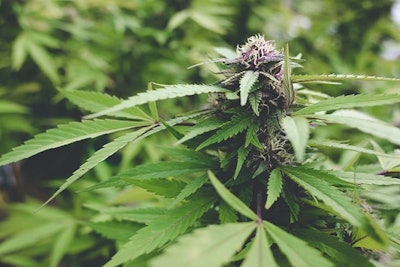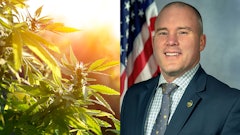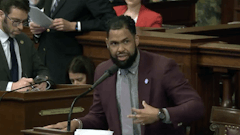
Connecticut Gov. Ned Lamont has introduced a draft bill to legalize adult-use cannabis in the state, according to The CT Mirror.
Lamont announced during his Jan. 6 State of the State address that legalization is a priority this year, and his administration is currently seeking feedback on the draft legislation, although it remains to be seen whether Lamont will incorporate the proposal into his state budget, which is due to lawmakers next month, The CT Mirror reported.
Lamont’s proposal would tax dry cannabis at $1.25 per gram, trimmed cannabis plants at $0.50 per gram and wet cannabis at $0.28 per gram, according to the news outlet, and would also levy a 6.35% sales tax on adult-use sales. A 3% surcharge would also be added, with part of these funds going to local municipalities.
The draft bill also includes expungement provisions, The CT Mirror reported, which would automatically clear convictions for the possession of less than 4 ounces of cannabis that occurred before Oct. 1, 2015, as well as allow those convicted after that date to petition the state for expungement.
The legislation also includes marketing limitations to ensure youth are not targeted in cannabis advertising, as well as increases the number of trained drug recognition experts in state and municipal police departments, according to The CT Mirror. The draft bill would also update Connecticut’s Clean Air Act to include cannabis and vaping within the state's existing restrictions on secondhand smoke, the news outlet reported.
Lamont outlined adult-use cannabis legalization as a priority in his 2020 State of the State address, as well, and worked alongside the chairmen of key legislative committees last year to draft a comprehensive legalization bill before much of the 2020 legislative session was derailed in the wake of the COVID-19 pandemic.
























